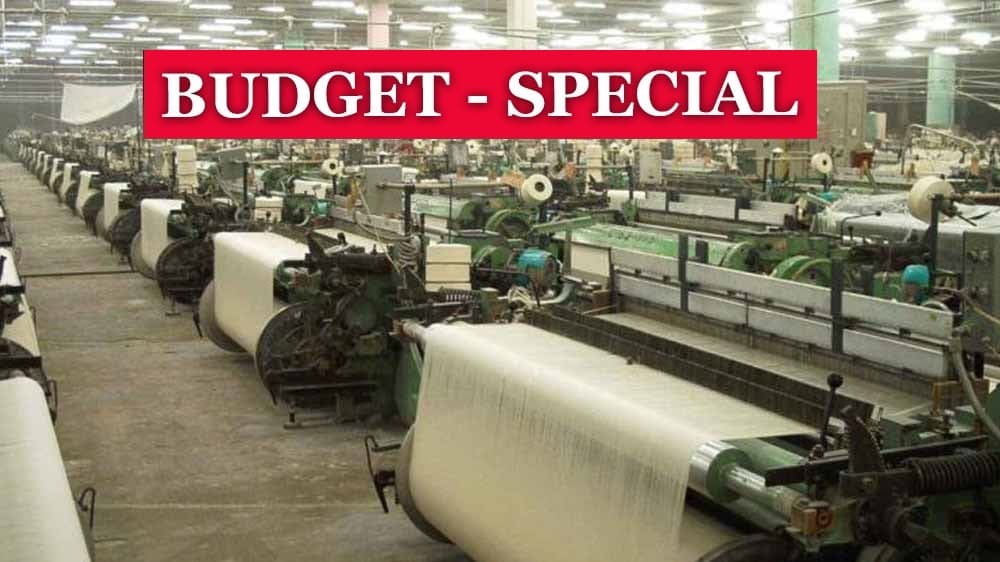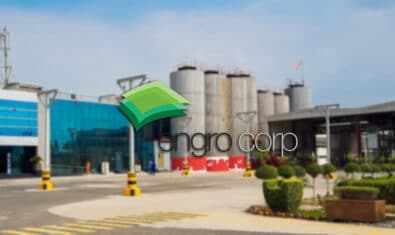Pakistan’s Large Scale Manufacturing (LSM) sector picked up the momentum and staged an overall growth of 10.4 percent during July-March FY22, according to the Economic Survey 2021-22.
The performance was broad-based on the back of strong growth of high-weighted sectors such as textile, food, wearing apparel, chemicals, automobile, tobacco, and iron & steel products.
However, despite the better performance of the Pakistani industrial sector during the outgoing fiscal year, the future perspective of the Pakistani industrial sector is uncertain as risks still prevail owing to the geopolitical environment, the surge in energy prices, and coronavirus, the survey said.
The textile sector is still the highest among all sectors of LSM. The sector grew by 3.2 percent during July-March FY2022 as compared to 8.0 percent in the same period last year. Wearing apparel has shown a growth of 34 percent against a contraction of 35.6 percent.
The food group witnessed a growth of 11.7 percent during the period under review against 27.1 percent same period last year.
The automobile sector marked a vigorous growth of 54.1 percent during July-March FY2022 against 21.6 percent growth last year. New Auto Policy, to promote new technologies including Electric Vehicles (EVs) and Hybrid, and accommodative monetary policy to promote auto financing paved the way to grow automobiles production.
Pharmaceuticals growth witnessed a dip of 0.4 percent during July-March FY22, against the growth of 10.5 percent last year, triggered by a hefty decline observed in capsules, injections, tablets, and galenicals. Electrical equipment declined by 1.1 percent against the hefty shrink of 17.1 percent.
The chemical products showed a growth of 15.2 percent against 14.5 percent same period last year. On the other hand, Fertilizer production showed a meager growth of 3.3 percent as compared to 5.9 percent growth last year.
The cement industry of Pakistan remained under pressure since the beginning of FY22. This was largely attributed to a revival in construction activities in the second half of 2020 as COVID-19 lockdowns were eased. Since then, the demand for cement was said to be ‘sluggish’ due to inflation and high commodity prices. It also pinned its marked fall in exports on political and economic instability in Afghanistan.
The spinning sector is the backbone of the ranking of textile production. At present, as per the record of the Textiles Commissioner’s Organization (TCO), it comprises 517 textile units (40 composite units and 477 spinning units) with 13.414 million spindles and 198,801 rotors installed and 11.338 million spindles and 126,583 rotors in operation with capacity utilization of 84.55 percent and 63.67 percent, respectively.
The production of cotton cloth by the mill sector has slightly increased by 0.29 percent, while non-mills performance remained subdued and recorded negative growth of 0.01 percent during July-March FY22. However, the exports in terms of quantity and value both increased by around 9 percent and 26.5 percent.
Owing to huge potential and demand, the Readymade Garment Industry exports show a massive growth of 33.9 percent in quantity and 26.2 percent in value from 27.8 million dozen to 37.3 million dozen worth $2,863.57 million during July-March FY22 as compared to $2,268.38 million during July-March FY21.





















